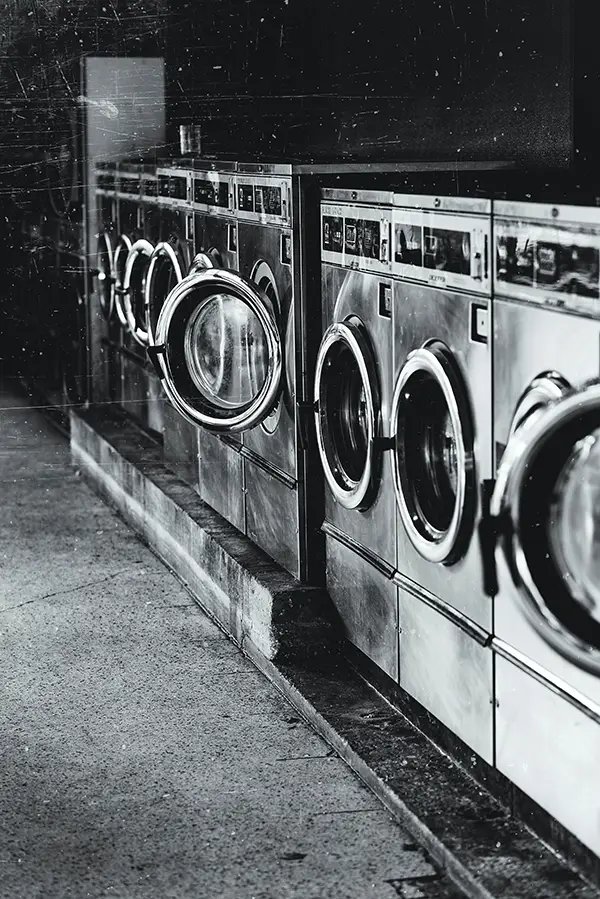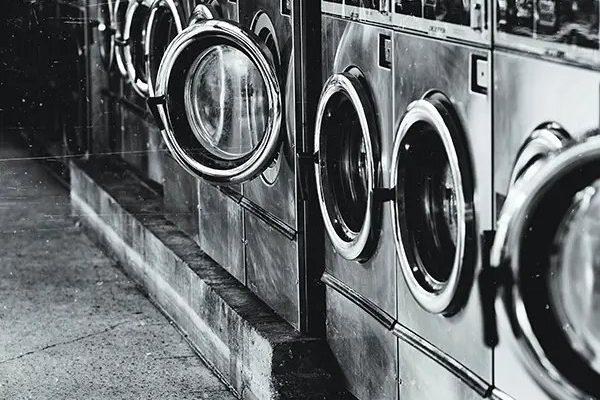
Imagine your washing machine as a trusted friend who’s had a bit of a hiccup. That’s what the E2 error code signifies — a temporary glitch rather than a permanent failure. The key is not to panic. It’s like when your computer freezes; sometimes, it just needs a little reboot to get back to its best self. Understanding what E2 means and how to troubleshoot it can save you from costly repair bills and the inconvenience of being without a washer.
Understanding Error Code E2
So, what exactly does this E2 error code mean? Essentially, it’s your washing machine’s way of telling you that there’s a drainage issue. Think of it as your washer saying, “I can’t drain the water properly!” This can be due to a variety of reasons, but the bottom line is that the machine isn’t able to pump out the water as it should, which can halt the washing cycle.
To put it in simpler terms, visualize the drainage process as a water slide at a water park. The water needs to flow down swiftly for everything to work correctly. When there’s a blockage or something slowing it down, the fun grinds to a halt. Similarly, if the washing machine’s water can’t escape, it triggers the E2 code to alert you.
Now, you might be wondering, “Okay, but what causes this drainage issue?” The answer is often mundane household residue. It could be lint from clothes, small objects accidentally left in pockets, or even a kink in the drainage hose. These can all obstruct the water flow, much like leaves clogging a gutter. Understanding these causes can be key in resolving the code and restoring your washing machine’s functionality.
Steps to Troubleshoot and Fix the E2 Error Code
If you’re ready to diagnose and address the problem, it’s time to roll up your sleeves. First, ensure that your washing machine is turned off and unplugged. Safety first, right? Once you’ve done that, you can start by checking the drainage hose for any visible bends or kinks. Imagine a garden hose with a kink — the water just doesn’t flow well, does it? Straightening out these bends might just solve the problem.
Next, inspect the drain filter, which often gets clogged with lint and small debris, much like a kitchen sink filter catching food particles. The filter is typically located at the bottom front of your washing machine. Carefully open it up and remove any buildup you find. You’d be surprised at what might be hiding in there!
If the error persists, you might want to run a diagnostic check as outlined in your washer’s manual. This process is like giving your washing machine a health check-up. If the machine still refuses to cooperate, it might be time to call in a professional. But with these thorough checks, you’ll often find the solution right under your nose.
Preventing Future E2 Errors
No one enjoys dealing with error codes, which is why prevention is key. Regular maintenance and care can significantly reduce the chances of encountering the E2 error. Establish a habit of checking pockets for coins, tissues, or other items before loading clothes. A little diligence goes a long way in preventing clogs.
Another proactive step is to routinely clean the drain filter. Think of this as routine grooming for your washing machine. By keeping it clear of buildup, you ensure smooth drainage and reduce chances of errors. It’s much like keeping a car engine well-oiled — a small effort that prevents bigger issues down the line.
Lastly, consider running an empty hot wash cycle once a month with a cup of vinegar. This acts as a detox for your machine, preventing buildup of detergent and limescale. Taking these simple preventative actions can help ensure your washing machine runs smoothly and efficiently, keeping those pesky error codes at bay.
In essence, while the E2 error might seem daunting at first, understanding its meaning and addressing its causes can make the process much less stressful. With a bit of patience and simple maintenance, you’ll keep your washing machine in peak condition, leading to fewer hiccups and more hassle-free laundry days.
